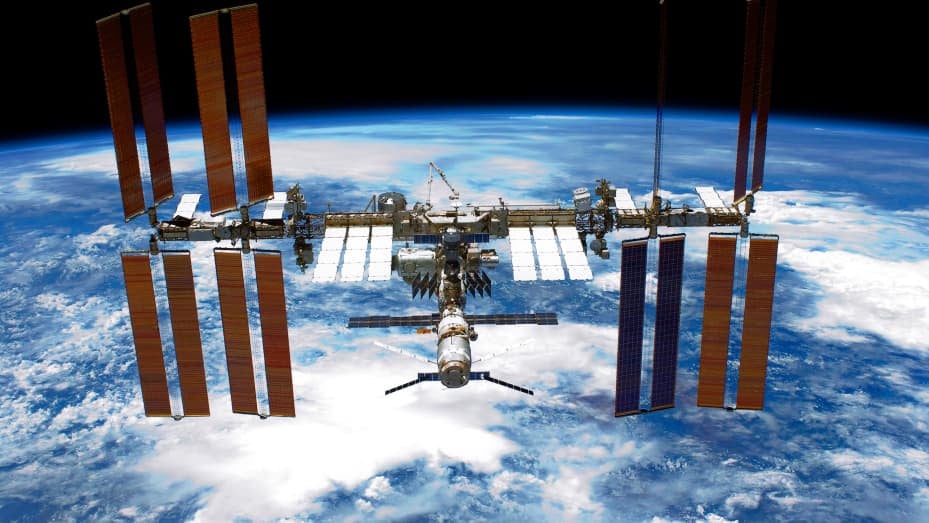
WASHINGTON:
A defunct Russian satellite has broken up into more than 100 pieces of debris in orbit, forcing astronauts on the International Space Station to take shelter for about an hour and adding to the mass of space junk already in orbit, US space agencies said.
There were no immediate details on what caused the break-up of the RESURS-P1 Russian Earth observation satellite, which was declared dead in 2022. US Space Command, tracking the debris swarm, said there was no immediate threat to other satellites.
The event took place at around 10 am Mountain Time (1600 GMT) on Wednesday, Space Command said. It occurred in an orbit near the space station, prompting US astronauts on board to shelter in their spacecraft for roughly an hour, NASA’s Space Station office said.
Russia’s space agency Roscosmos, which operated the satellite, did not immediately respond to a request for comment. Radars from US space-tracking firm LeoLabs detected the satellite releasing several fragments up until 6 p.m. Mountain Time, the company said.
US Space Command, which has its own global network of space-tracking radars, said the satellite immediately created “over 100 pieces of trackable debris.”
Large debris-generating events in orbit are rare but of increasing concern as space becomes crowded with satellite networks vital to everyday life on Earth, from broadband internet and communications to basic navigation services, as well as satellites no longer in use.
Russia sparked strong criticism from the U.S. and other Western countries in 2021 when it struck one of its defunct satellites in orbit with a ground-based anti-satellite (ASAT) missile launched from its Plesetsk rocket site. The blast, testing a weapon system ahead of Moscow’s 2022 invasion of Ukraine, created thousands of pieces of orbital debris.
In the roughly 88-minute window of RESURS-P1’s initial break-up, the Plesetsk site was one of many locations on Earth it passed over, but there was no immediate indication from airspace or maritime alerts that Russia had launched a missile to strike the satellite, space-tracker and Harvard astronomer Jonathan McDowell said.
“I find it hard to believe they would use such a big satellite as an ASAT target,” McDowell said. “But, with the Russians these days, who knows.” He and other analysts speculated the break-up could have been caused by a problem with the satellite, such as leftover fuel onboard causing an explosion.

